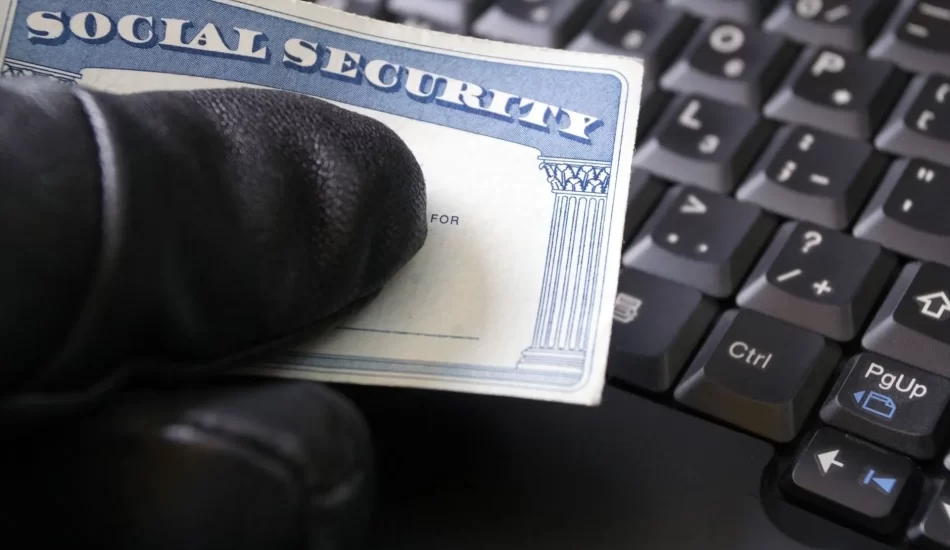Steps to Safeguard Your Identifiable Information

Are you concerned about identity theft and looking for ways to protect yourself from it? Safeguarding your identifiable information is one of the best possible ways to prevent becoming a victim. Identity theft continues to be one of the most common forms of cybercrime, which can lead to long-term damage in terms of credit scores, reputational effects, time spent dealing with administrative issues related to stolen personal data, and financial losses.
Individuals must understand their rights and options when it comes to protecting their data before the falling victim. This article will provide information on the necessary steps needed to secure different kinds of personal records such as bank statements and social security numbers as well as advice on how best to protect yourself against potential risks posed by identity thieves.
Understand Your Rights and Options
If you’re worried about identity theft, it’s important to understand your rights and options for protecting yourself. One of the most effective ways to safeguard against identity theft is by taking steps to protect your personally identifiable information (PII). Cybercriminals often target PII such as social security numbers, credit card information, and banking details to commit fraudulent activities.
To avoid becoming a victim of this type of crime, individuals can take proactive steps such as monitoring their financial accounts regularly and strengthening passwords or security measures for online transactions. Additionally, people must familiarize themselves with the legal protections available if their data is unlawfully accessed or stolen by hackers.
Overall, understanding your rights and options when it comes to identity theft prevention can help prevent long-term damage from cybercrimes. Being vigilant about protecting PII can also give you peace of mind knowing that you’ve taken appropriate actions toward securing your sensitive personal data.
Monitor Your Credit Reports and Accounts
One of the most crucial steps in protecting yourself from identity theft is to monitor your credit reports and accounts closely. Regularly checking your credit report can help you detect any unusual activity or unauthorized charges on your account, allowing you to take swift action before the damage becomes too severe. You should also review all of your financial statements consistently to ensure no fraudulent transactions are occurring without your knowledge.
Many banks and credit card companies offer free fraud alert services that notify you immediately if there’s any suspicious activity detected on your accounts, which allows you to take quick action in case something illicit happens. Additionally, it’s essential to be cautious when sharing personal information with others online or over the phone, as cybercriminals often pretend they are someone else to extract data such as passwords or Social Security numbers through phishing scams or other methods.
In summary, monitoring both your credit reports and accounts regularly can significantly reduce the risk of becoming a victim of identity theft. Staying vigilant about online security threats and being mindful of how much personal information you share with others can provide substantial protection against malicious actors who are always seeking ways to exploit vulnerabilities in our digital lives. By taking these simple steps proactively, individuals can greatly enhance their chances of safeguarding their identities and ensuring a secure financial future for themselves and their families.
Secure Your Information with Strong Passwords and Multi-Factor Authentication
One effective way to safeguard your identifiable information is by using strong and unique passwords on all of your accounts. A strong password consists of a combination of upper and lowercase letters, numbers, and special characters. Utilizing long phrases or sentences can also increase password strength while remaining memorable for the user. It’s important to avoid predictable combinations such as commonly used words or dates related to personal information.
Another layer of protection is multi-factor authentication (MFA), which requires additional verification beyond just a username and password. This can include something you have (such as biometric verification via fingerprint or face recognition) or something you know (such as entering a code sent to your phone). MFA helps ensure that even if someone gains access to one piece of authentication data, they still cannot fully access your account without further confirmation. By taking preventive measures such as these, individuals can mitigate potential identity theft risks in today’s digital landscape. Contact attorney Jarrett Maillet for more information on how to protect yourself from identity theft.
Jarrett Maillet J.D., P.C.
210 E 31st St
Savannah, GA 31401
912-713-3426


